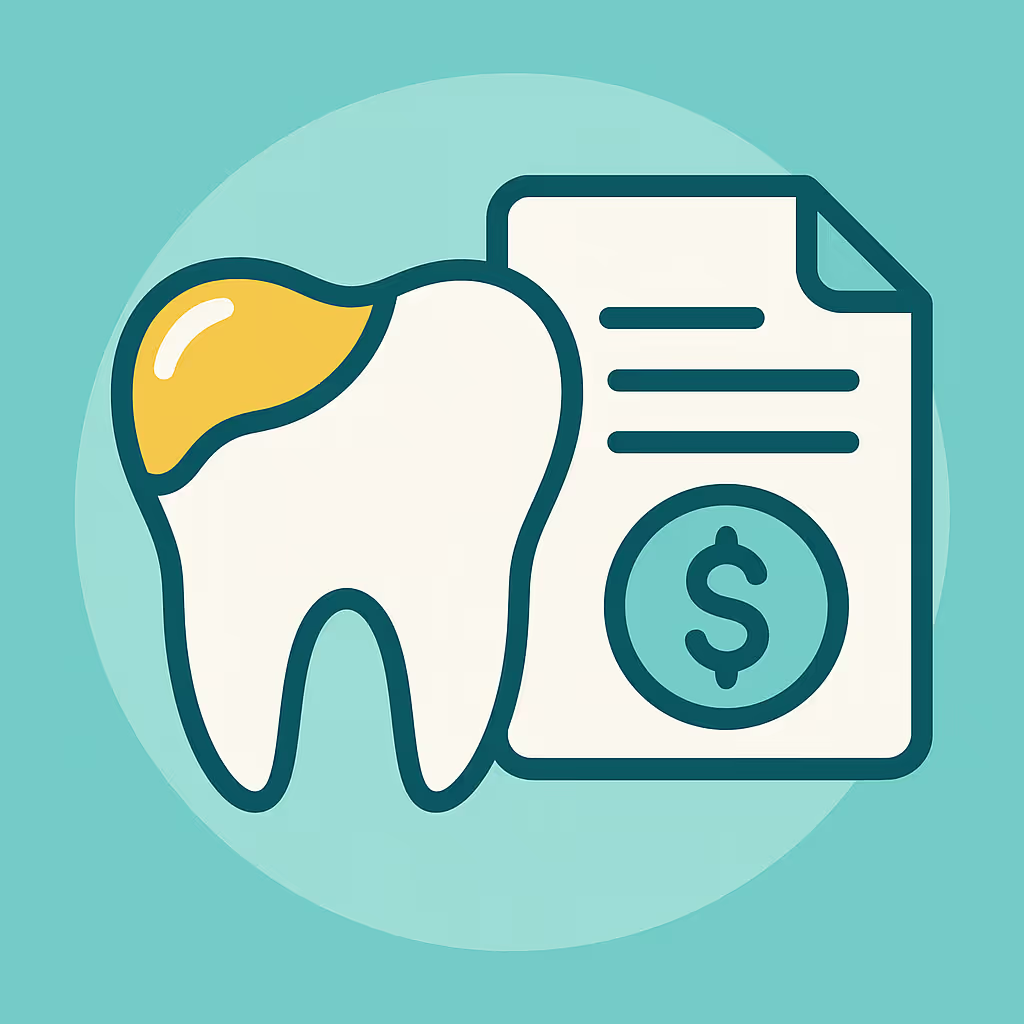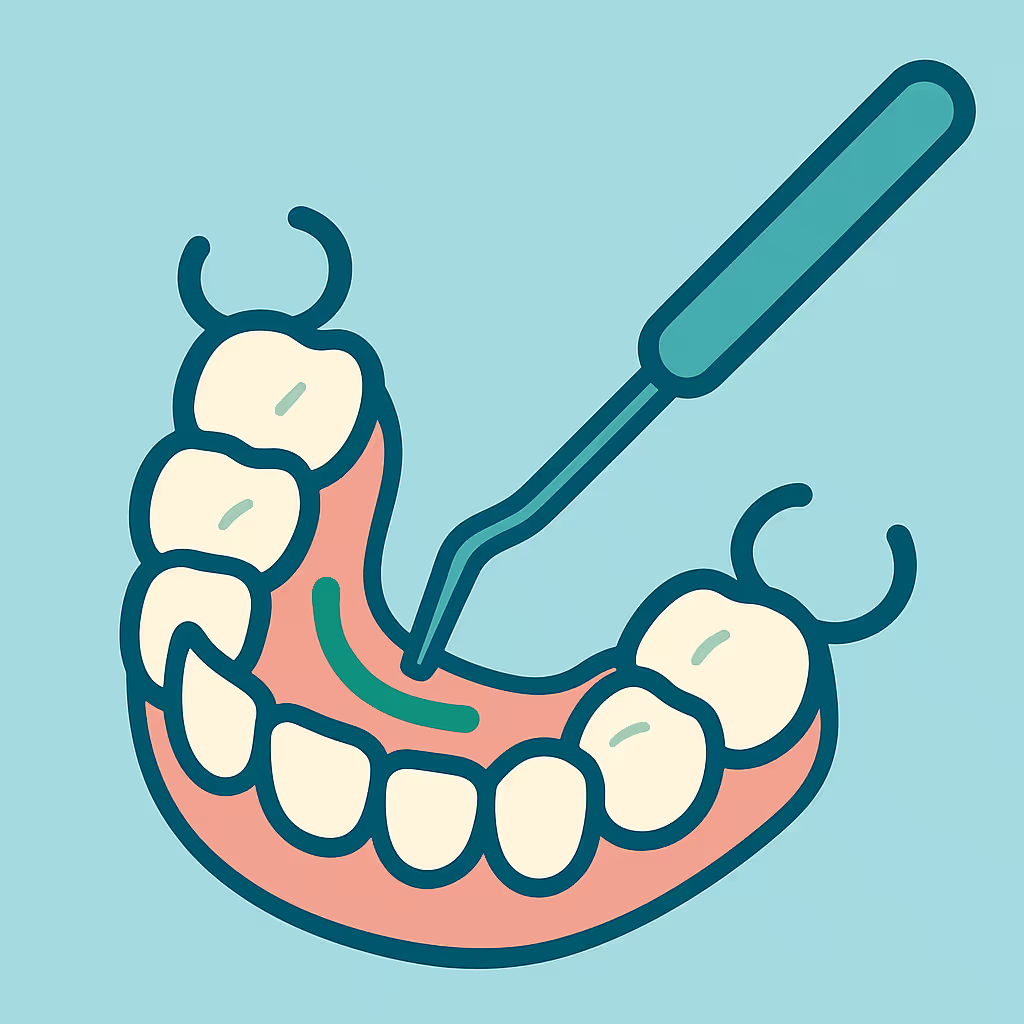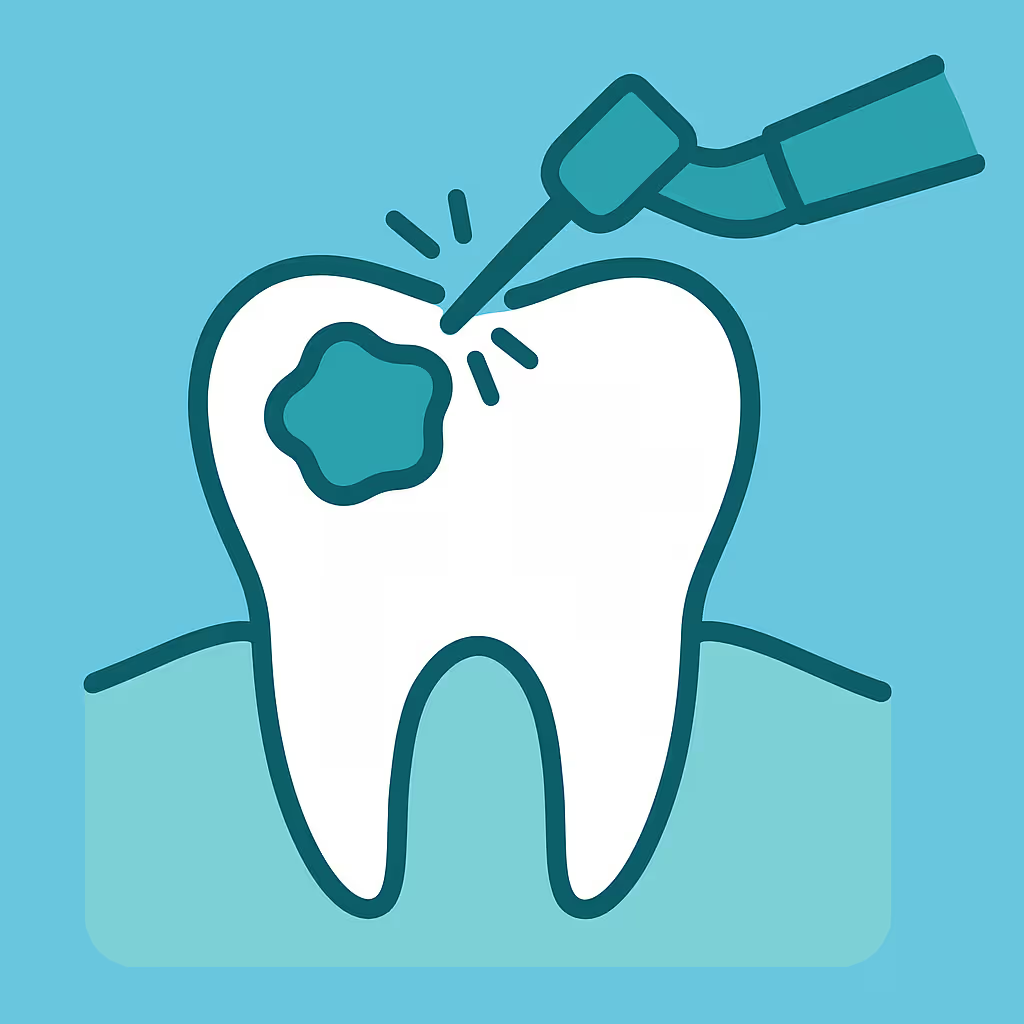Understanding Dental Code D2720
When to Use D2720 dental code
The D2720 dental code is used to report the placement of a crown made of resin with high noble metal. This code is most appropriate when a tooth requires significant restoration due to decay, fracture, or structural compromise, and a full-coverage crown is needed to restore function and aesthetics. It is essential to use D2720 only when the clinical situation meets the criteria for a crown, rather than a filling or onlay. Proper use of this code ensures accurate reimbursement and compliance with payer policies.
Documentation and Clinical Scenarios
Comprehensive documentation is critical when billing D2720. The clinical notes should include:
- Pre-operative radiographs showing the extent of decay or damage
- Detailed narrative describing why a crown is necessary (e.g., tooth is fractured, has a large failing restoration, or is endodontically treated)
- Intraoral photographs, if possible, to support the need for full coverage
- Charting of existing restorations and caries
Common clinical scenarios for D2720 include:
- Posterior teeth with extensive decay undermining cusps
- Teeth that have undergone root canal therapy and require reinforcement
- Fractured teeth where a filling would not provide adequate strength
Insurance Billing Tips
To maximize claim acceptance and minimize denials for D2720, follow these best practices:
- Verify coverage before treatment: Confirm patient eligibility and frequency limitations for crowns with the insurance carrier.
- Submit complete documentation: Attach pre-op X-rays, intraoral photos, and a clear narrative explaining the need for the crown.
- Use correct CDT codes: Ensure D2720 is appropriate for the material used. If a different material is used, reference the correct code, such as D2750 for a porcelain fused to high noble metal crown.
- Track EOBs (Explanation of Benefits): Review EOBs promptly to identify underpayments or denials and initiate appeals if needed.
- Appeal denials with supporting evidence: If a claim is denied, submit additional documentation and a detailed appeal letter outlining medical necessity.
Example Case for D2720
Case Study: A 55-year-old patient presents with a fractured lower molar (tooth #30) that has a large, failing amalgam restoration. Radiographs reveal insufficient tooth structure to support another filling. The dentist determines a full-coverage crown is required and selects a resin with high noble metal crown for optimal strength and aesthetics. The office bills D2720, submits pre-op X-rays, intraoral photos, and a narrative describing the fracture and restoration history. The insurance claim is approved, and the patient receives the necessary restoration with minimal delay in reimbursement.
By following these documentation and billing steps, dental teams can ensure proper use of D2720, reduce claim denials, and support optimal patient care.





